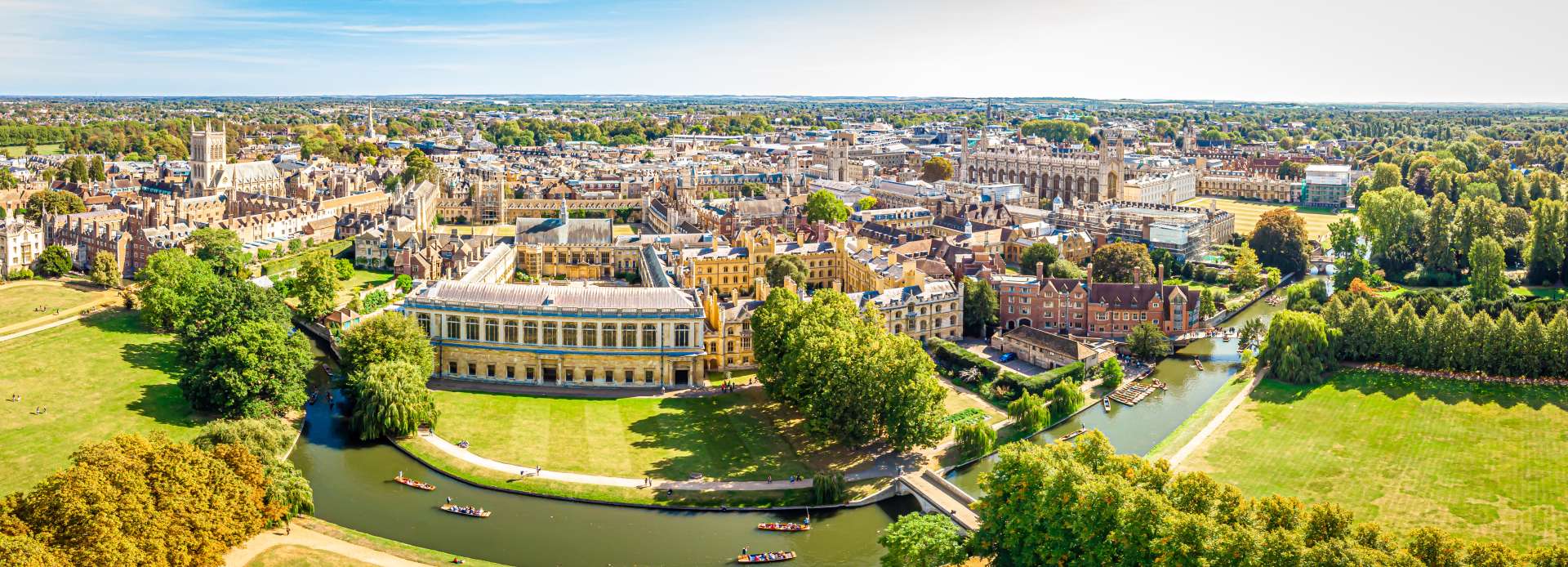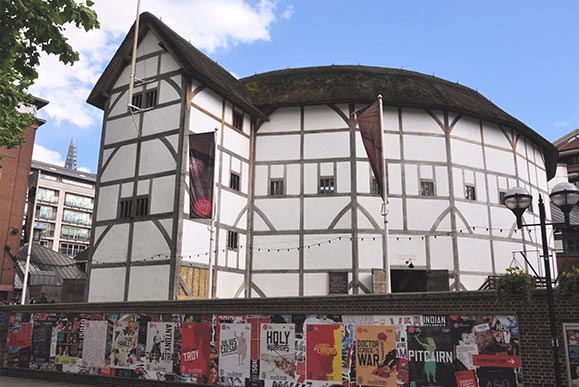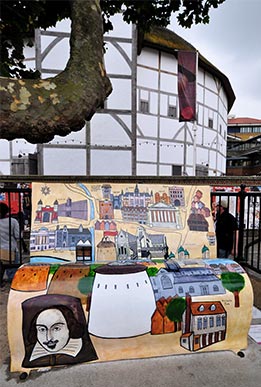
The Monument — London’s Tower of Renewal
Climb the Great Fire Memorial for Sweeping City Views and Historic Insight Monument Street, London EC3R 8AH
Specification
A Column That Marks the City’s Rebirth
Rising 202 feet above Fish Street Hill, The Monument to the Great Fire of London stands as a tribute to the city’s resilience.
Designed by Sir Christopher Wren and Robert Hooke, it commemorates the Great Fire of 1666, which destroyed much of medieval London but sparked a new age of architecture and safety.
Today, visitors can climb its spiral staircase for breathtaking views across the skyline — and a closer connection to London’s enduring story of survival.
The Great Fire and the Vision of Rebuilding
The Great Fire began on 2 September 1666 in a bakery on Pudding Lane, spreading rapidly through timber houses and narrow streets.
When it was finally extinguished four days later, more than 13,000 homes and 87 churches were destroyed.
In response, Sir Christopher Wren designed The Monument as both a memorial and a scientific instrument.
Completed in 1677, it symbolised not only loss but rebirth — marking the point from which London would rise again in stone, brick, and ambition.
Exploring The Monument
1. The Architecture
The Monument is a Doric column of Portland stone, topped with a gilded urn of flames.
It stands exactly 202 feet tall — the same distance from the bakery where the fire began.
Inside, a spiral staircase of 311 steps leads to a viewing platform that offers sweeping views of the Thames, Tower Bridge, and St Paul’s Cathedral.
2. The Design and Symbolism
Every feature of the column reflects renewal.
The flaming urn symbolises destruction overcome, while Latin inscriptions at the base record the fire’s devastation and the city’s reconstruction.
In addition, the design once allowed for scientific experiments — Wren and Hooke used the hollow shaft for pendulum and barometer tests.
3. The Experience
Visitors who climb to the top receive a certificate of achievement, a small but charming tradition.
The view is spectacular, revealing London’s blend of history and modernity — from medieval lanes to shimmering skyscrapers.
Furthermore, The Monument’s peaceful height contrasts beautifully with the bustle of the City streets below.
Learn more at the City of London official website
A Tower of Memory and Science
The Monument is more than a memorial — it’s an early expression of scientific curiosity and civic pride.
It reflects the determination of a city to learn, rebuild, and grow stronger.
Moreover, its survival through centuries of change makes it one of London’s most enduring architectural symbols.
Standing at its base, you can almost feel the city’s heartbeat — steady, defiant, and full of light.
Visiting The Monument
How to Get There
Address: Monument Street, London EC3R 8AH
By Tube: Monument Station (District & Circle Lines).
By Train: Fenchurch Street or London Bridge — 10 minutes’ walk.
By Bus: Routes 15, 35, 40, 47, 133 stop nearby.
Opening Hours & Admission
Open daily, 9:30am–6pm (last entry 5:30pm). Entry ticket required; discounts available for families and groups.
Facilities
311-step spiral staircase
Viewing platform
Gift shop and visitor centre
Step-free access to base area only
Nearby Attractions
St Paul’s Cathedral: Wren’s masterpiece of Baroque architecture.
Leadenhall Market: Victorian arcade filled with shops and cafés.
Tower of London: Fortress and royal palace on the Thames.
London Bridge: A historic crossing with stunning river views.
Together, they form the City of London Heritage Trail.
Why Visit The Monument?
The Monument embodies London’s resilience — a city that faced destruction and turned it into opportunity.
It unites memory, architecture, and discovery in one soaring structure.
Whether you climb its 311 steps or simply admire it from below, The Monument offers inspiration, perspective, and a breathtaking reminder of renewal.
It’s not just a column — it’s London’s enduring flame of hope.






No Reviews